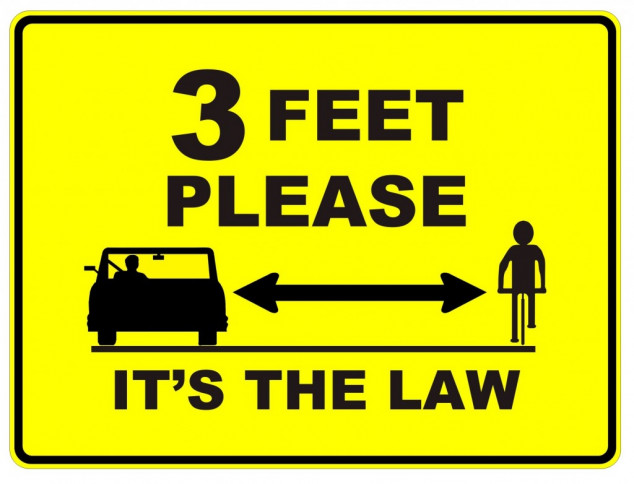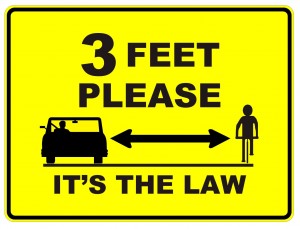A Plea for Safe Passing Laws
A recent study by the League of American Bicyclists ranked Ohio as the 37th most bike friendly state. A label that is nothing to brag about, since part of that ranking is the lack of legislation to protect bikes in the buckeye state.
Under Ohio state law bikes are classified as vehicles, and besides a handful of small exceptions, the same laws govern both of the modes of travel. This ensures that bikes have access to local roads. However, when it comes to safety, these laws need some refining. After all, there is a huge safety difference between sitting in a 2 ton casing of steel and sitting on-top of 30 pounds of aluminum.
618 lives were lost in bicycle crashes in 2010; that is just above 2% of total fatalities related to transportation. However, bikes make up less than 1% of total trips traveled. The number of injuries is also very high in cyclists. Over 50,000 cyclists were injured by automobiles in 2010 alone.
One of the major causes of fatalities is when automobiles pass bikes on roads without dedicated bike lanes. Motorists often don’t realize how close they are to a cyclist when they pass by, this is especially true in large vehicles, such as buses or semi-trucks.
Cyclists are much more exposed to outside forces, such as cars,wind, and bumps in the road, than motorists are. A small gust of wind or an unexpected bump could be enough to send a cyclist only a few inches to the left and into a passing car.
There is no law governing the distance that cars must be from cyclists when they pass them on the road. Therefore, if a cyclist is hit by a car that doesn’t provide substantial while passing they may not have broken any laws unless “negligence” or usage of drugs or alcohol can be proven. In fact, according to a study done in New York City in 1999, over 75% of offending motorists are left completely unprosecuted and without even a fine.
However, those statistics are likely much better in today’s New York City. The state of New York, along with 28 other states, has implemented “safe passing laws”. These laws set a distance –usually 3 feet– that motorists must be away from bikes when they pass them on the road. Some states’ laws simply state that a motorist must be a “safe distance” from a bike while passing. While this may seem to be very vague, it is enough to ensure that motorists give bikes some space or face the consequences.
While these laws do ensure the protection of cyclists under the law they don’t change motorists’ habits overnight. Tennessee, along with most of the other states that have implemented “safe passing” laws have implemented large ad campaigns within the state to alert drivers that they must yield to cyclists and provide them with 3 feet of space when passing.
“Safe passing laws” don’t only protect cyclists, they also protect runners, horseback riders, and any other person who, under the law, has a right to use the road.
Motorists need to be held accountable for the hundreds of injuries and deaths they cause each year by unsafe driving habits. Cyclists have just as much a right to the road as motorists do, and it is time that they are treated as such.









I completely agree. Thanks for posting!